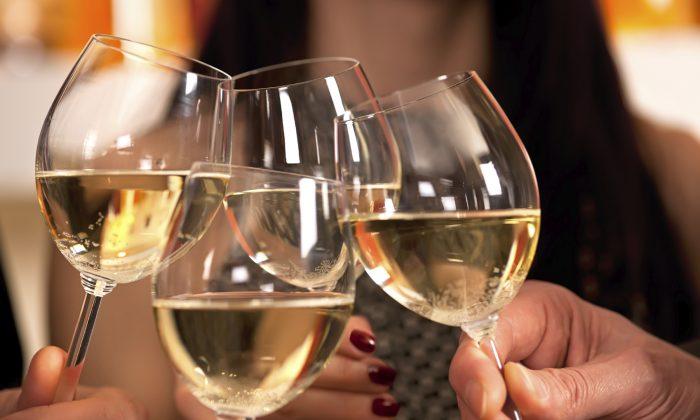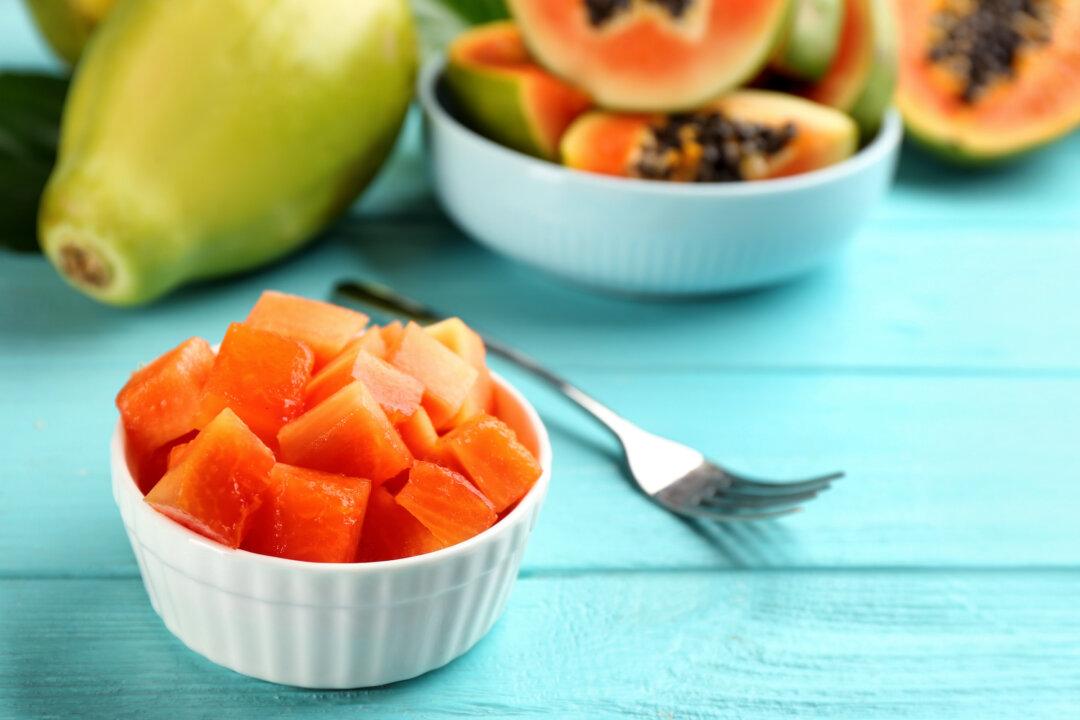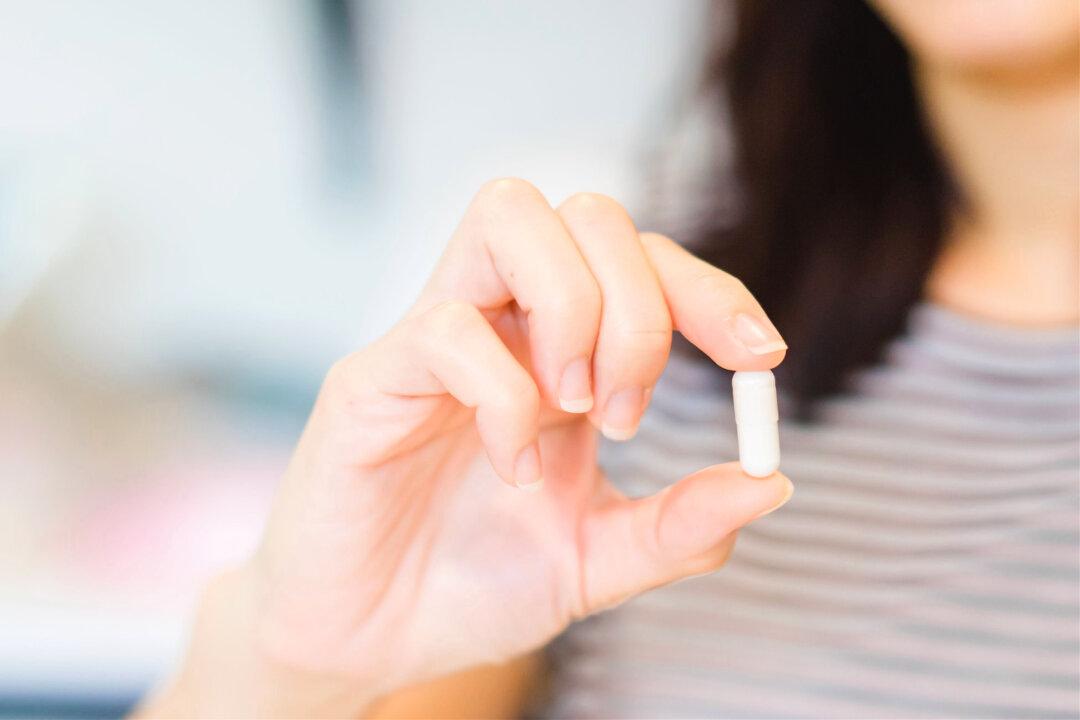If you drink alcoholic beverages on occasion, wine could arguably be described as one of the “healthier” options. Red wine, in particular, is rich in antioxidants called polyphenols, including resveratrol.
Resveratrol’s antioxidant, anti-inflammatory, and anti-carcinogenic properties have been well-established by science, and its benefits are thought to extend to the prevention and treatment of chronic diseases such as cancer and Alzheimer’s disease, among others.
Resveratrol is found in abundance in red wine, and it’s highly soluble in alcohol, which means your body may absorb more of it from red wine than from other sources. In fact, the resveratrol in red wine even has anti-aging properties that have been linked to increased lifespan.
Unfortunately, researchers have uncovered a problem in wine that has recently plagued other foods like apple juice and rice – high, potentially dangerous, levels of arsenic.
Concerning Levels of Arsenic Detected in Popular Wines
A class-action lawsuit filed in California states that wine drinkers have become “unwitting ‘guinea pigs’ of arsenic exposure,” after tests showed levels up to four and five times the maximum amount the US Environmental Protection Agency (EPA) allows for drinking water.
Of the more than 1,300 bottles of wine tested, nearly one-quarter had arsenic levels higher than the EPA’s maximum arsenic level for drinking water, which is 10 parts per billion (ppb).
Many of the wines mentioned in the lawsuit (nearly 30 companies representing 83 different labels in all) are considered low-cost brands that are popular among wine drinkers. Brands included Cupcake, Franzia, Flipflop, Rex Goliath, Korbel, and Trader Joe’s Charles Shaw Zinfandel (or “two-buck Chuck”).
The lawsuit is asking for monetary damages and a label to be added to the bottles disclosing the inorganic arsenic content as well as related health risks. It claims “just a glass or two of these arsenic-contaminated wines a day over time could result in dangerous arsenic toxicity to the consumer.”
David Hicks, owner of BeverageGrades, a lab that analyzes wine and which conducted the study, told CBS News:
“The lower the price of wine on a per-liter basis, the higher the amount of arsenic.”
The wine industry has fired back, stating that even the highest level of arsenic found is half the level of arsenic allowed in Canada’s wine. While the US has no regulations concerning arsenic in wine, Canada’s allowable limit is 100 parts per billion, while Europe’s standard is 200 ppb.
Some have also pointed out a potential conflict of interest, since Hicks’ company sells alcohol analysis services and sent out a news release offering its services to provide “reassurance from arsenic in wine,” according to CNN.
Still, in general the less potential carcinogens in your wine, the better, so it’s probably best to follow the precautionary principle.








Friends Read Free